Finley Bisch

My name is Finley Bisch. I am a freshman journalism major with a concentration in public relations and a minor in photography. I am from Hinsdale, Illinois.
By Finley Bisch, Zach Sherman, and Courtney Holland
In June of 2021, the Supreme court ruled that college athletes could make money off their name, image and likeness or NIL. This ruling quickly became one of the more confusing and controversial court rulings on college sports in a long time.
With these new laws evolving so rapidly, fans and athletes alike got confused, taking the enjoyment out of watching college sports.
NIL has been confusing since the start. Dr. Galen Clavio, sports media professor at Indiana University, spoke at a press conference about the history and the details of NIL.
Speaking on the confusion at its inception he said, “instead of coming up with a plan, the NCAA essentially punted and left it up to the states.”
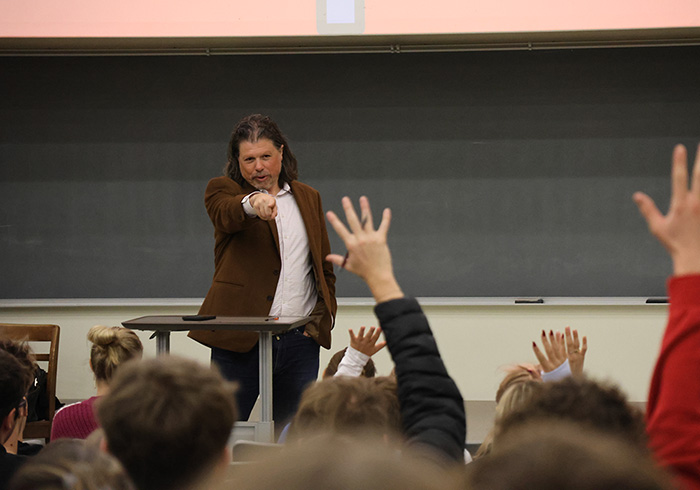
Dr. Clavio also spoke on the futures of student athletes and NIL. He noted that “amateur college sports are over” due to the fact that schools are spending $15-20 million in NIL deals to keep players on their rosters, essentially paying them for playing sports.
This pay-for-play model is something that NIL has tried to avoid and is something that Clavio warned against.
While he’s very informed, Dr. Clavio can only provide an academic view on NIL. To get a real look from athletes, we interviewed Joran Rayford and Brody Marcet.
Jordan Rayford is an IU basketball team member. Rayford is in his second year of playing for the Indiana basketball team.
He has experienced NIL and profits off of it. When asked about what NIL means, Rayford said, “to me it means the opportunity to profit off my name and then get a share of the revenue that college sports make.”
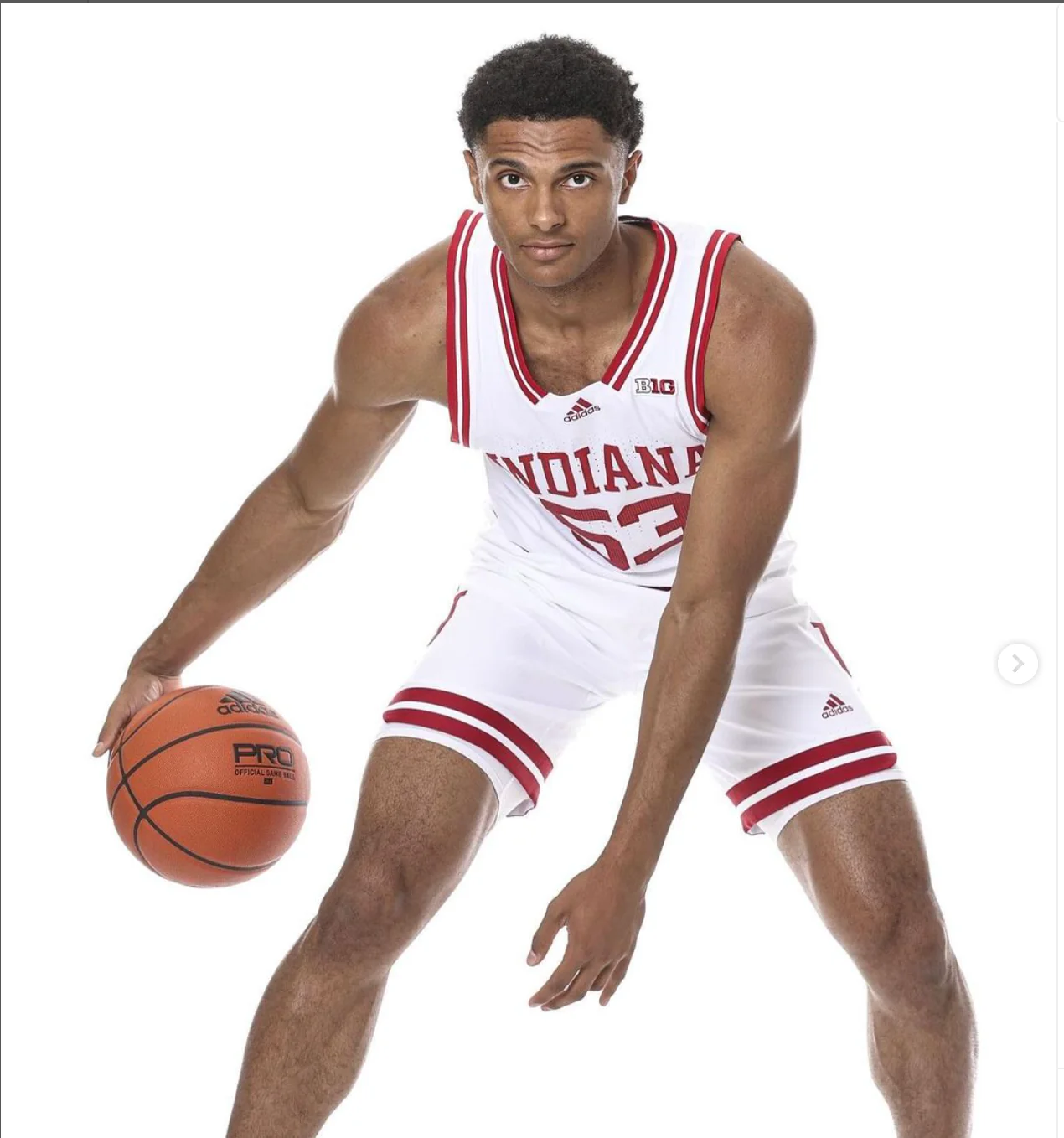
However, since he is new to the entirety of NIL, he continues to say, “I can’t name any specific laws about it.”
Rayford, despite the fact that he has experience and profited from NIL, is one of the many athletes who is confused about what it all means.
Moreover, he says, “I guess they’re changing the rules a little bit, it’s more like revenue sharing and the collectives…you can’t pay players an outrageous amount of money for doing something basic. The collectives are going to be controlled more,” he says.
Rayford is just one of many athletes who are confused by the laws, and don’t feel as though the confusion is worth it.
Brody Marcet, a swimmer from Ohio State is in his first year of eligibility. He echoed the confusion that Rayford experienced, especially because of the way that NIL laws in Ohio,
“Theres like zero regulation, besides what’s regulated,” said Marcet, “You can basically do whatever you want until you can’t.”
This confusion can be stressful for athletes, who are all attempting to do good in school, perform at their top levels while also not breaking any laws that will ban them from their sports and their schools.
Despite the confusion, Marcet spoke of one benefit that he found, and that is the Chipotle Card, wherein student athletes get free Chipotle once a week for the entirety of their season. This is due to NIL.
Unlike Rayford, Marcet is in a sport that isn’t as popular as basketball or football. He says that this is difficult because he has many friends that are on other, more recognized teams who benefit more from NIL deals.
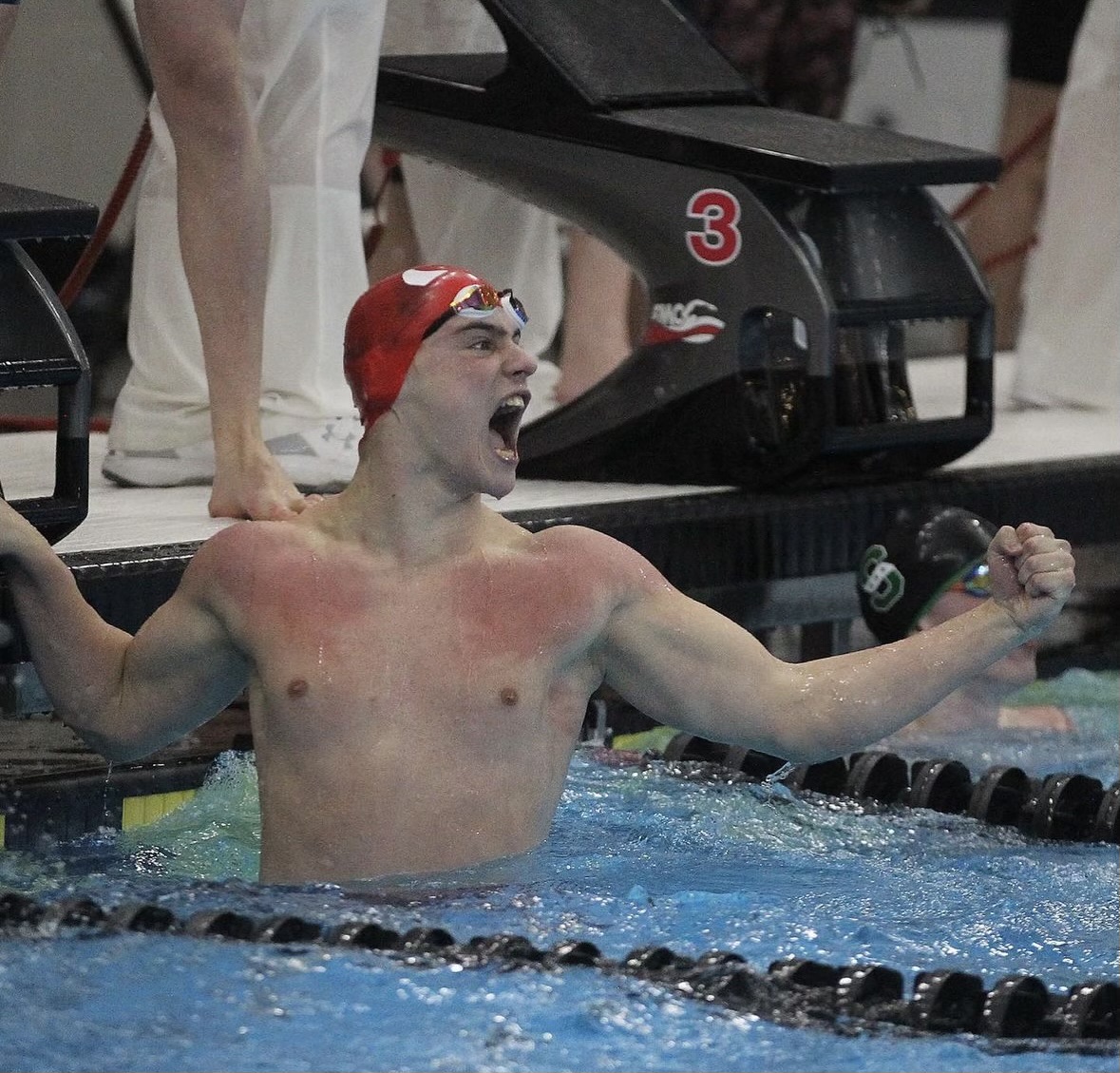
“The entire Utah football team got Ford trucks a couple of years ago, and that sucks because I just got a chipotle card and a couple free shorts from brands. Obviously, I’m grateful and very lucky to be getting anything at all.” said Marcet. He wanted it reiterated that he does feel lucky because many college students do not get this opportunity.
However, there was a time before NIL when thousands of “regular” college students were given the ability to profit off of themselves, but athletes were not.
Dr. Clavio noted this, saying that “[NIL] is not new rights, but the removal of restrictions”. It was after this statement that he also noted that there needs to be some sort of codified take on NIL, in order to prevent empty promises for athletes.
In the future, that code would also likely persuade athletes to go into professional sports after college. As Dr. Clavio stated previously, NIL is destroying amateur sports.
This was echoed by Marcet who said, “Athletes aren’t going pro out of college anymore; they’re making way more money in college with NIL.”
He is not wrong, pointing to Caitlyn Clark making millions of dollars in her senior year at the University of Iowa.
After talking with these two athletes and listening to Dr. Clavio, it is evident that there needs to be much more regulation and clarity of laws regarding NIL and the deals that these athletes should be allowed to make.
IU students and staff weigh in on NIL, giving their opinions on how it involves members of the Indiana University community.
###
FOR IMMEDIATE RELEASE
Media Contacts
Aidan Murphy
Finley Bisch
Brooke Daugherty
CUPERTINO, California (Sept. 9, 2014) —Apple CEO Tim Cook announced the release of the brand-new Apple Watch Series 1 with an introductory video on Tuesday at the Apple Event in Cupertino, California.
After the video played, Cook took to the stage again, proudly displaying the new watch. In his introduction, Cook emphasized his excitement for the new product that Apple claims will revolutionize the way watches are used. The audience met Cook with applause and a standing ovation when he returned to the stage wearing the new Apple watch. This enthusiasm carried on throughout Kevin Lynch’s demonstration of the various features the new watch will possess. The audience was thoroughly impressed with Lynch’s presentation of the numerous new features as they praised the new watch with cheers and more applause.
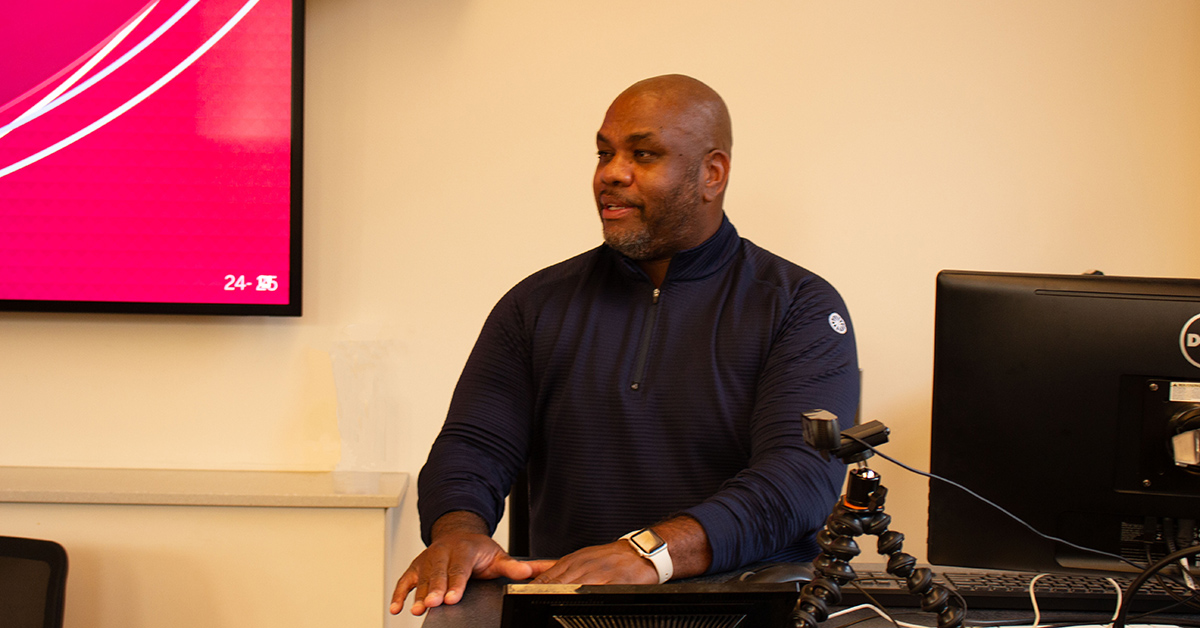
In Cook’s introduction he also explained why Apple believes the new Apple Watch is the best watch in the world. He described the accuracy of the watch and discusses how each watch will be customizable from customer to customer. “It’s incredibly customizable, so you can find one that reflects your personal style and taste,” Cook said. He also outlined the importance of connecting with other through the use of the Apple Watch and discussed the watch’s role in tracking health and fitness. Once Cook gave an overview of the watch’s attributes, he took time to explain one of the watch’s main features, which is the digital crown. The digital crown allows for scrolling, zooming in and out, and adjusting the screen without obstructing the view of the face with your fingers. Cook compared this new innovation to other user interfaces Apple has made over the years, such as the mouse for the Mac as well as the touch screen on the iPhone. “We placed extra functionality on a mechanism that’s been on the watch for decades,” Cook said. After he gave a comprehensive introduction to the product, Cook displayed another video, this time narrated by Apple’s Senior VP of Design, Jony Ive.
The video went more in-depth about the aesthetic aspects of the watch. Ive gave the audience a glimpse into what Apple had in mind when designing the watch. He not only explained the design of the Apple watch, he emphasized the correlation of its design with functionality. “In addition to the digital crown, we’ve had to invent other input technologies designed specifically for a product this small,” Ive said. “So, as well as sensing touch, the display also senses force.” Ive described solutions to obstacles that the design team had to face when making a product much smaller than usual. Another large part of the watch that was kept in mind during the design process was the communication aspect. The watch features easy and quick communication between Apple watch users and others. The video also went into detail about the different types of wrist straps, as well as disclosing that there would be three different collections of the Apple Watch. Not only would they be releasing the line of the Apple Watch itself, but also collections called Apple Watch Sport and Apple Watch Edition. Once the second video concluded, Vice President of Apple, Kevin Lynch was called up to give the first live demonstration of the Apple Watch.
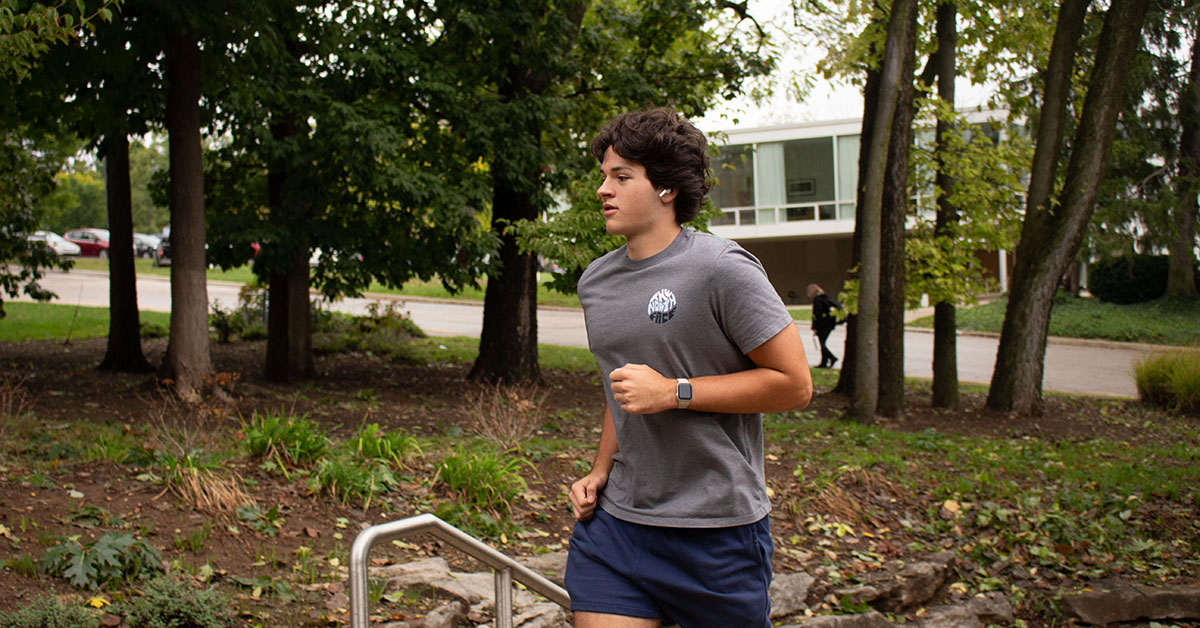
Lynch continued to demonstrate the various aspects of the watch. He tested out many applications that are pre downloaded on the watch and are also used on other Apple products such as iMessage, Apple Maps, and Apple Music. Lynch emphasized that when designing the watch, they want to make the applications easily accessible. “Now we thought a lot when we were designing Apple Watch about how to really reveal all of the great ecosystem of applications on this device,” Lynch said. “And we wanted to build in a way that was really easy to find and use.” Lynch went into depth about the Health app and other various fitness aspects that come with the watch. Fitness and health tracking are an important aspect of the new product. When Lynch’s demonstration had concluded, Cook returned to the stage for the last time to introduce two new applications that have been added to the watch, the first being the fitness app and the second being the workout app. Cook explained that these apps were created with leading a healthier lifestyle in mind. He then gave some logistical information about the watch’s price which starts at 349 dollars, and its intended release date, which is set for early 2015. Cook closed the presentation by telling the audience how excited Apple is to launch its new product. “It’s something functional yet incredibly beautiful. It empowers people and enriches their lives. Apple Watch is the most personal device Apple has ever created.” Cook said.
Join Tim Cook as he highlights the Apple Watch’s new amazing health features! See how it encourages users to take charge of their well-being.
Tim Cook shares Apple’s mission to create the best watch in the world, combining personalization, customization, and lightning-fast responsiveness. Watch to see what truly sets Apple apart.
###